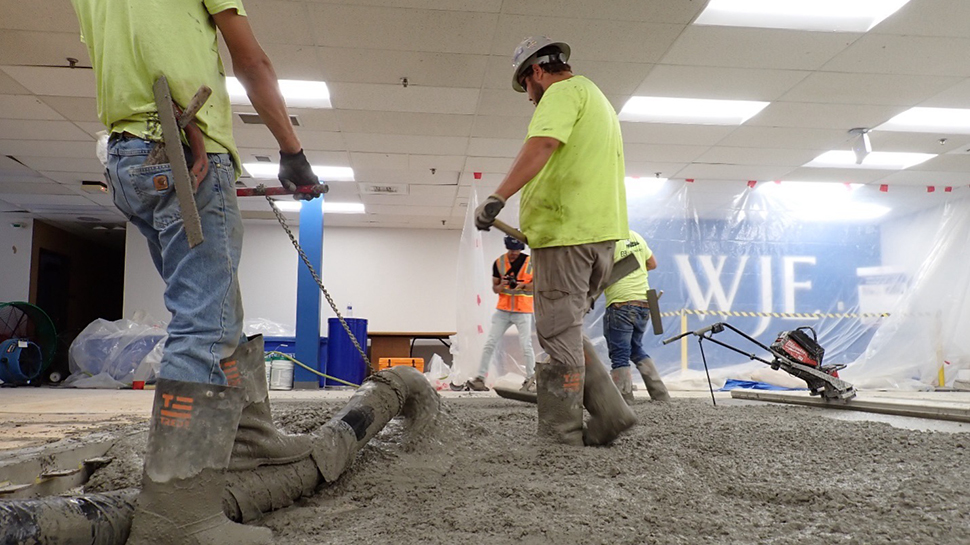
- Concrete production, heavily cement-dependent, drives carbon emissions
- Essential building material contributes 6% of emissions globally
- Tech giants prioritizing sustainable construction with "green concrete"
Tech giants are increasingly exploring ways to make data centers not only more energy-efficient but also more environmentally responsible in their construction.
For example, Microsoft is building data centers with cross-laminated timber (CLT) and, along with AWS, Google, and Meta, participates in the Open Compute Project Foundation (OCP), an organization dedicated to promoting and testing low-embodied carbon concrete - also known as "green concrete" - for data center construction.
Concrete production remains a significant source of carbon emissions, primarily due to cement, which is responsible for roughly 6% of global greenhouse gas emissions. Despite ambitious carbon-neutral goals, IEEE Spectrum reports Microsoft's emissions surged by over 30% in 2023, while Google’s emissions have risen nearly 50% over the past five years.
Concrete plays a critical role
Nearly a thousand companies are reportedly developing low-carbon concrete mixes and piloting carbon capture technologies to store CO₂ emissions generated during cement production.
This includes efforts by firms like Holcim and Heidelberg Materials, which are adapting technologies traditionally used in the oil and gas industry to capture and store CO₂ from cement plants.
The demand for data centers - and consequently for concrete - is rising, driven in part by the growth of AI. While the OCP has recently launched an initiative to deploy low-carbon concrete in data centers, the availability of sustainable concrete still falls short of global demand.
The versatile building material plays a critical role in the tech industry’s infrastructure, supporting everything from telecommunications to manufacturing. As tech-driven growth continues to increase demand for concrete, advancements in sustainable concrete production are essential. With a concerted shift toward low-carbon concrete, both hyperscale tech companies and governments have the power to drive the construction industry toward greater sustainability.
As IEE Spectrum sums up, “With a pivot to sustainability, concrete’s unique scale makes it one of the few materials that could do most to protect the world’s natural systems. We can’t live without concrete - but with some ambitious reinvention, we can thrive with it.”







